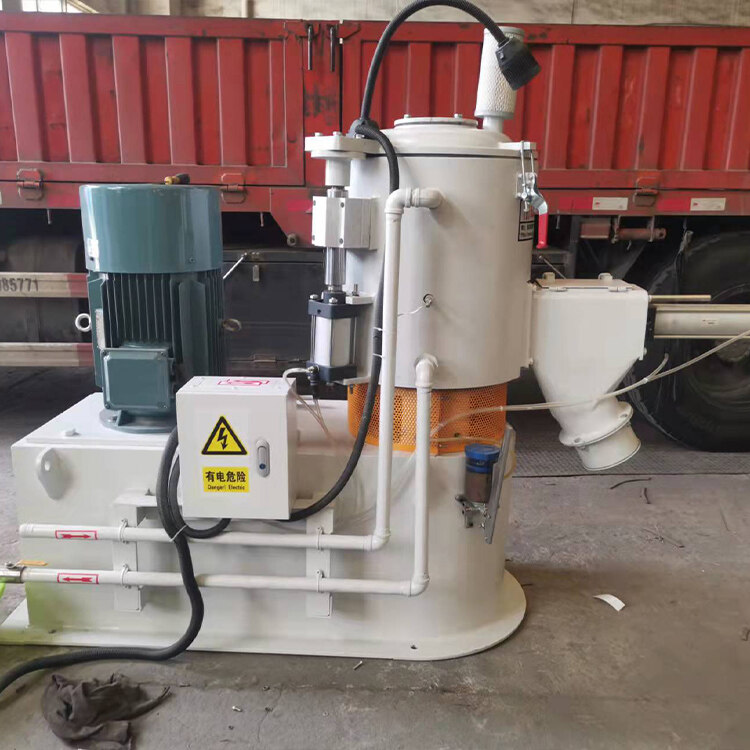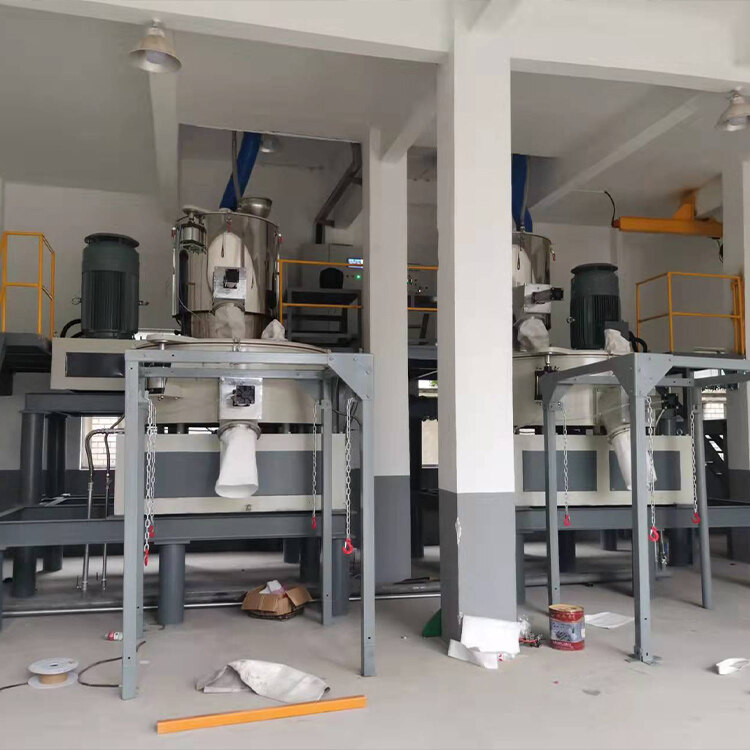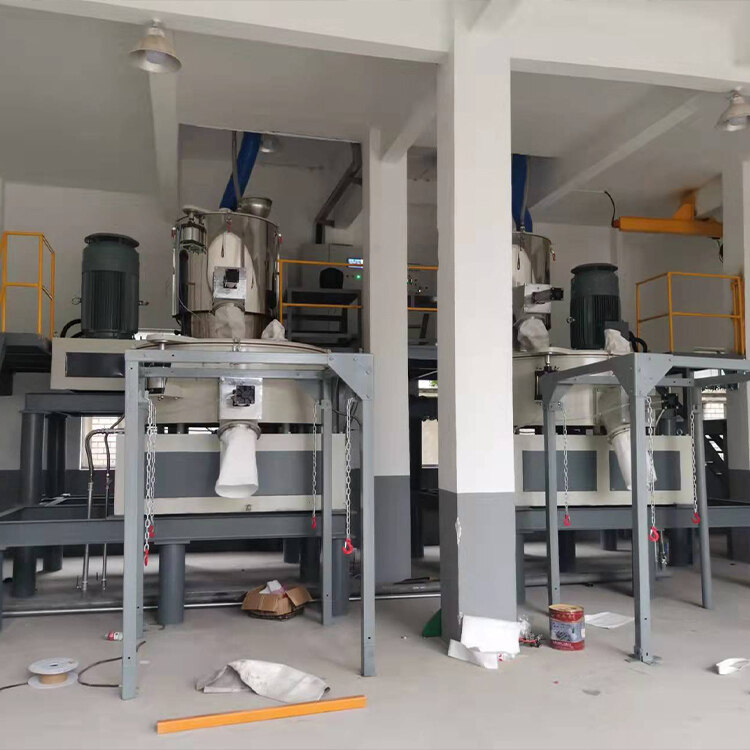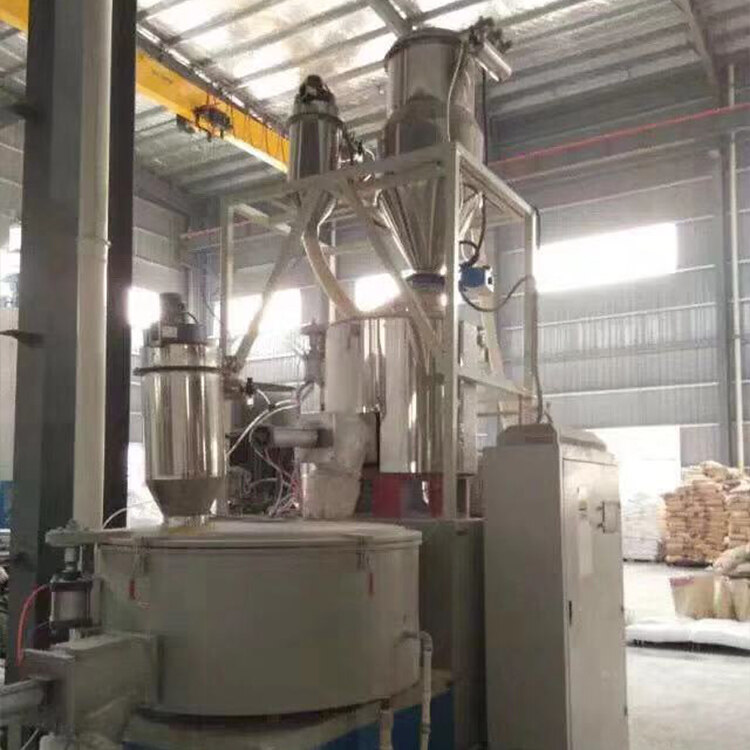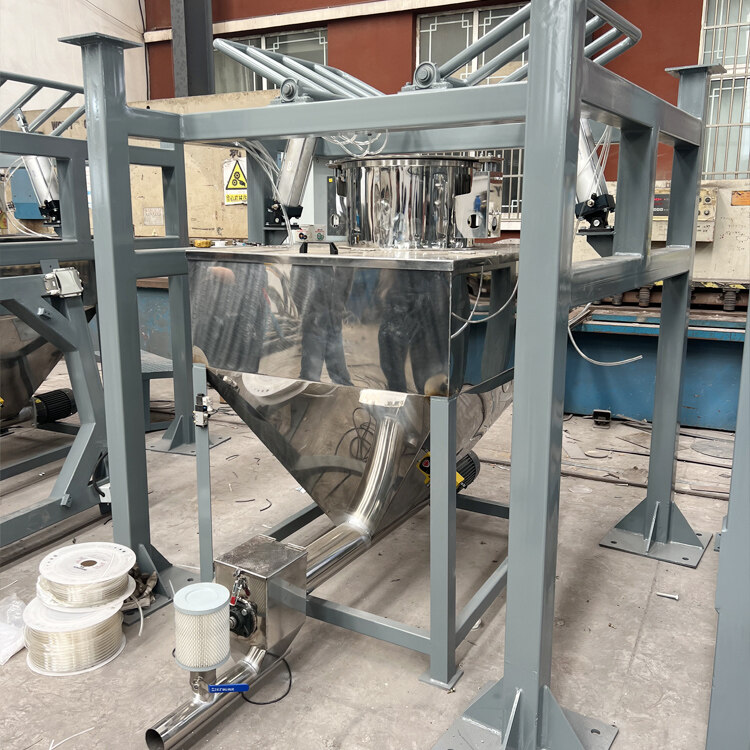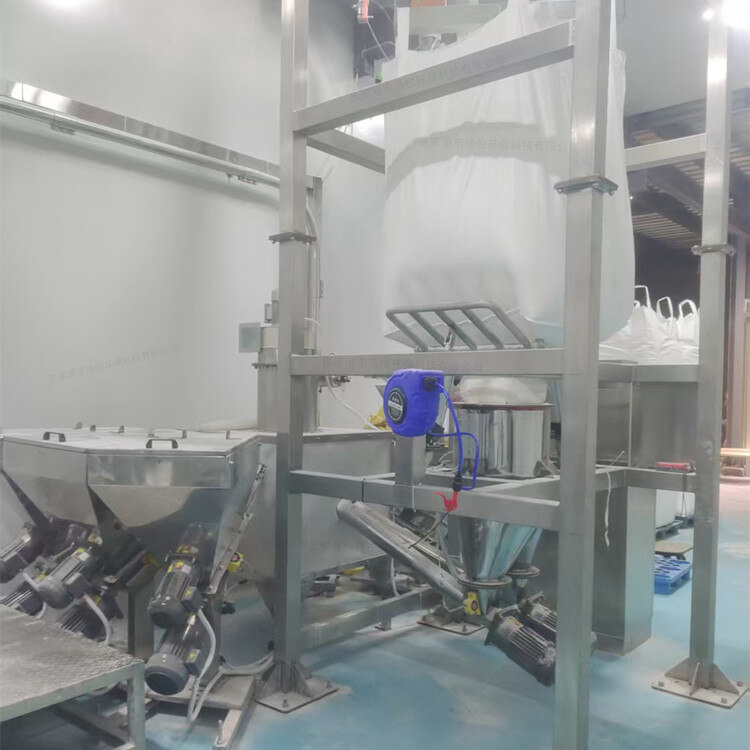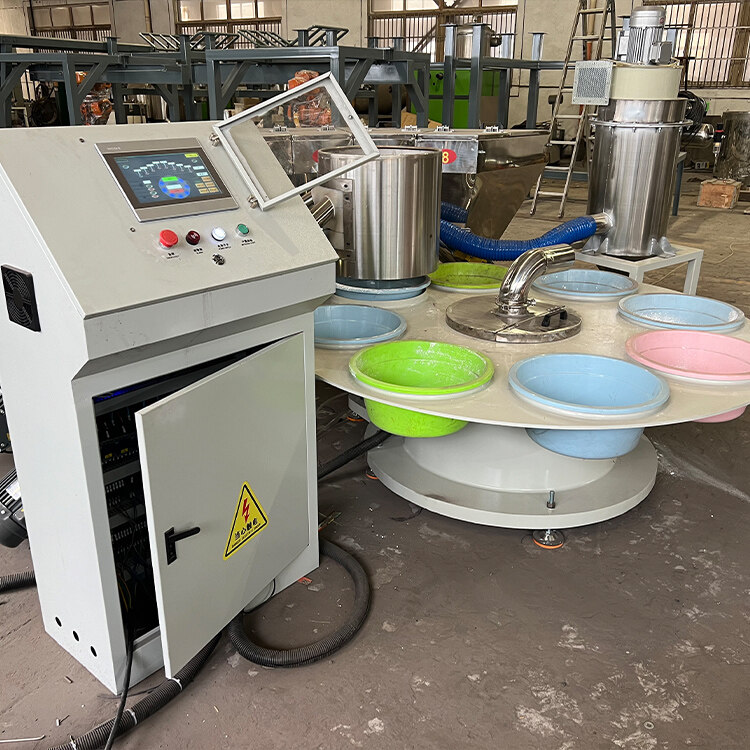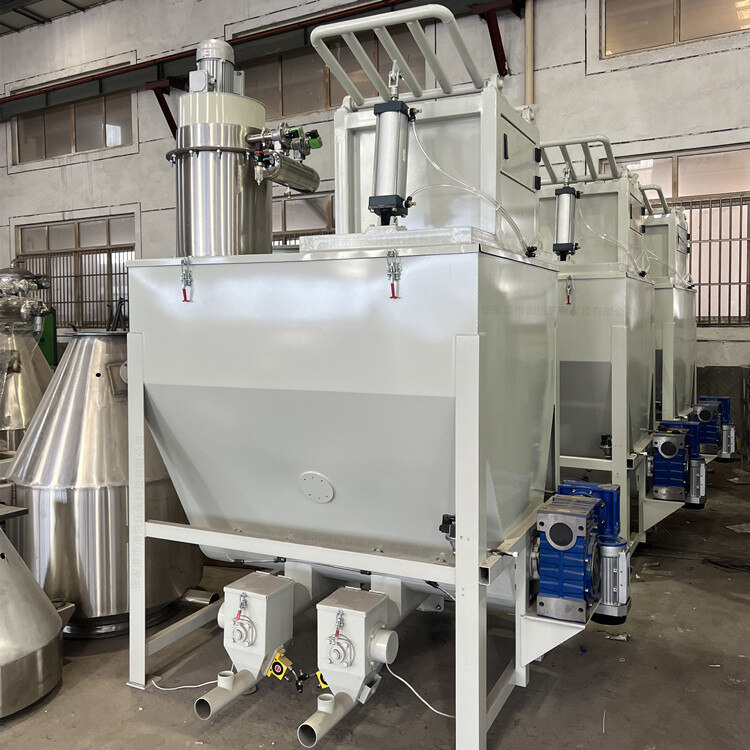- Introduction to automatic batching machine and fully automatic batching machine equipment
- The powder metering system tells you about the introduction of the mixing and drying machine
- 1000kg vacuum feeding machine
- Fully automatic small material batching system
- Research on Innovation of Automatic Weighing Machine Technology
- Design and operation of automatic batching system using PLC, industrial computer and frequency converter
Mixer
- Category:Mixer
- Hits:202次
- Release Date:2025-06-23
- Share:
- Inquiry
- Details
1、 The working principle and core functions of the mixer
The essence of a mixer is to achieve uniform mixing of materials through three basic functions: convection, diffusion, and shear
Convection mixing: By relying on the mechanical motion of stirring components, the material generates macroscopic circulation flow inside the equipment, achieving large-scale position exchange.
Diffusion mixing: Based on the random movement of material particles, adjacent particles in a small range interpenetrate and displace each other, achieving uniformity at the microscopic level.
Shear mixing: By utilizing the relative motion between stirring blades, rotors, and other components and the material, shear force is applied to the material to break up clumps or large particles, promoting dispersion and mixing.
Through the above functions, the mixer can achieve the following core functions:
Uniform mixing: Ensure that different materials are thoroughly mixed according to the formula ratio to make the product ingredients uniform, such as the mixing of vitamins and grains in feed production.
Enhanced reaction: In the chemical and pharmaceutical fields, it promotes chemical reactions or physical changes between materials, such as the fusion of additives and resins in plastic modification.
Improving quality: In the food industry, mixers can optimize taste and texture, such as mixing baking ingredients to enhance the softness of pastries.
2、 Classification and characteristics of mixers
According to their structure, working mode, and applicable materials, mixers can be divided into the following main types:
1. Container rotary mixer
Typical equipment: V-type mixer, double cone mixer, drum mixer.
Structure and principle: The container rotates around the axis, and the material rolls and falls under the action of gravity and centrifugal force, achieving convection and diffusion mixing.
Features: Simple structure, easy cleaning, suitable for powder or granular materials with similar density and good flowability. The mixing uniformity can reach 95% -98%, but the mixing efficiency is low and not suitable for viscous or easily agglomerated materials.
Application scenario: premixing of raw materials and excipients in the pharmaceutical industry, and mixing of condiments in the food industry.
2. Stirring mixer
Typical equipment: Double screw belt mixer, plow blade mixer, planetary mixer.
Structure and principle: By rotating the stirring components (such as screws, blades, plows, etc.), shear and push-pull forces are applied to the material to achieve forced mixing.
Features: High mixing efficiency, strong adaptability, capable of handling powdery, granular, paste like, and even high viscosity materials; Some models are equipped with heating/cooling jackets that can control the mixing temperature.
Application scenarios: mixing of plastic particles and additives in the chemical industry, preparation of putty powder and mortar in the building materials industry, and mixing of dough and sauce in the food industry.
3. Fluidized bed mixer
Structure and principle: Utilizing airflow to make materials in a fluidized state, achieving rapid mixing in suspension motion, often integrated with drying and granulation functions.
Features: Extremely fast mixing speed (5-15 minutes/batch), suitable for heat sensitive materials, can achieve continuous production, but requires high equipment investment.
Application scenarios: Mixing and drying of granular and capsule fillers in the pharmaceutical industry, and preparation of medium speed soluble coffee powder in the food industry.
4. Other types
Pipeline mixer: No moving parts, using special structures inside the pipeline (such as static mixing elements) to mix fluid materials in flow, suitable for liquid or low viscosity materials, such as beverage preparation and sewage treatment.
High speed mixer: The stirring speed can reach 500-3000rpm, and it achieves rapid mixing and dispersion through strong shear force. It is commonly used in the preparation of color masterbatch in the plastic industry.
3、 The core structure and key parameters of the mixer
Mixing components: the core that determines the mixing effect, common types include:
Spiral belt type: Double or single spiral belt design, suitable for axial and radial mixing of powdered and granular materials.
Paddle type: Similar to a boat paddle structure, suitable for liquids or low viscosity materials, can be paired with baffles to enhance the mixing effect.
Plowing blade type: a high-speed rotating plow blade combined with a flying blade set, used for crushing clumps and dispersing fibers, suitable for high filling systems.
Container design: It affects the material flow path and mixing efficiency. For example, the special angle design of the V-shaped mixer can reduce material residue, and the conical structure of the double cone mixer is conducive to material rolling.
Key parameters:
Mixing uniformity: a core indicator for measuring the mixing effect, which calculates the coefficient of variation (CV) by detecting the distribution of tracer in the material. The food and pharmaceutical industries require CV ≤ 5%.
Mixing time: The time required from the start of mixing to achieving the desired uniformity, typically 10-30 minutes per batch for a stirred mixer.
Loading factor: The ratio of material volume to mixer volume, generally controlled between 0.6-0.8. If it is too high, it can lead to insufficient mixing, while if it is too low, efficiency will decrease.
4、 Application scenarios of mixer
Food industry: used for mixing flour, sugar, oil and other raw materials to make pastries, homogenizing and stirring sauces and seasonings, as well as nutritional ratios for pet food.
Pharmaceutical industry: Mixing raw materials and excipients in tablet and capsule production requires equipment that complies with GMP standards, uses stainless steel material, has no dead corners design, and supports online cleaning (CIP) and sterilization (SIP).
Chemical industry: mixing resins with flame retardants and toughening agents in plastic modification; Mixing pigments, solvents, and additives in paint production to ensure stable color and performance.
Building materials industry: mixing cement, sand and gravel, and additives in concrete mixing plants; Mixing cement, quartz sand, cellulose ether and other raw materials in the production of dry mortar.
5、 The development trend of mixer technology
Intelligence and automation: Integrated sensors monitor real-time parameters such as mixing uniformity, temperature, torque, etc., and automatically adjust mixing speed and time through AI algorithms; Support integration with MES systems on production lines to achieve remote monitoring and data traceability.
Green and energy-saving: optimizing the mixing structure to reduce energy consumption, using energy-saving motors; Develop recyclable material manufacturing equipment to reduce environmental impact.
Multi functional integration: Integrating mixing and drying, granulation, heating and other functions, such as a three in one fluidized bed equipment, to reduce material transfer between processes and improve production efficiency.
Customized design: Based on material characteristics (viscosity, particle size, thermal sensitivity) and process requirements, provide modular and scalable hybrid solutions to meet personalized production needs.
As a key equipment in industrial production, the technological innovation of the mixer continues to drive various industries towards high efficiency, precision, and intelligence. In the future, with the emergence of new materials and processes, mixers will play an important role in more fields.


